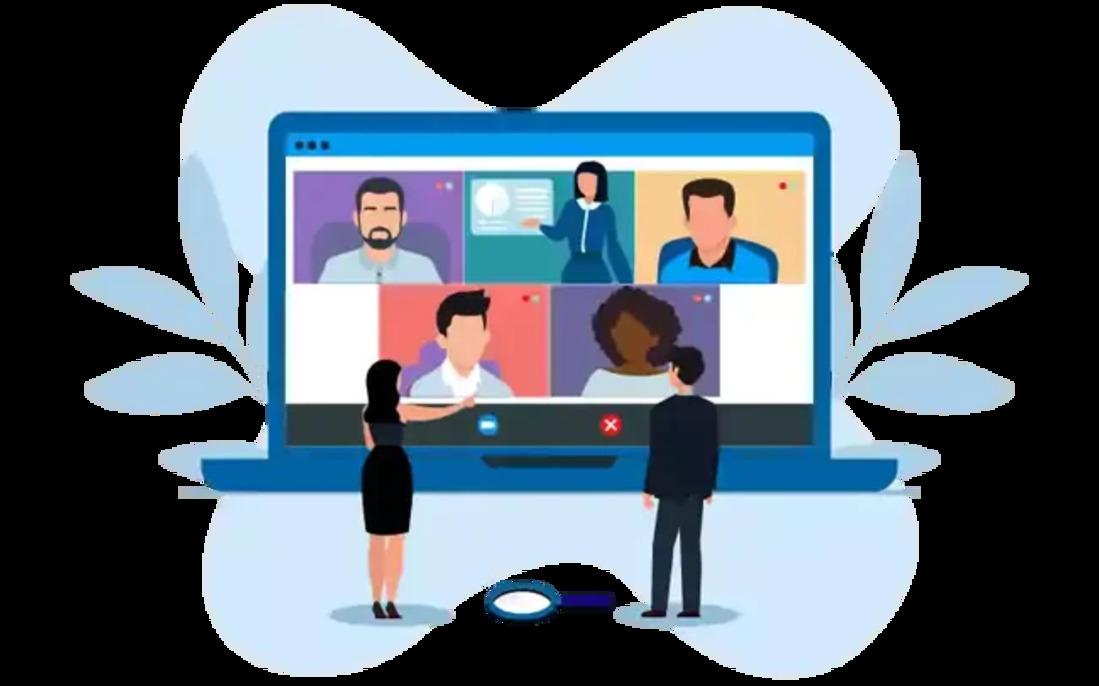Aligning Webinars with Sales Teams for Maximum Conversion

In the modern B2B marketing landscape, webinars have evolved from simple knowledge-sharing sessions into powerful demand-generation and conversion tools. Yet, even the most engaging webinar can fall flat if it isn’t aligned with the goals and strategies of the sales team. To achieve measurable ROI, marketing and sales must collaborate before, during, and after the webinar to create a seamless journey from engagement to conversion.
1. Building a Shared Strategy
The foundation of webinar success lies in joint planning between marketing and sales. Marketing teams often focus on driving registrations and engagement metrics, while sales teams prioritize qualified leads and revenue outcomes. Aligning these perspectives ensures both sides measure success using the same KPIs.
Before launching a webinar, both teams should define:
- Ideal target audience — Who are the prospects most likely to convert?
- Core pain points and themes — What topics resonate with the audience’s business challenges?
- Desired post-webinar actions — What next steps should attendees take (e.g., product demo, consultation, or trial)?
Sales teams, being closest to customer needs, can provide valuable insights into trending concerns and objections. This intelligence helps marketing craft a webinar topic and narrative that directly supports sales conversations.
2. Crafting Content That Converts
A well-aligned webinar should mirror the buyer’s journey. Early-stage webinars should focus on thought leadership and problem awareness, while late-stage sessions can emphasize solutions and case studies.
To boost conversions:
- Feature sales-relevant speakers — Including sales leaders or customer success representatives can humanize the brand and build trust.
- Highlight real-world use cases — Showcase customer stories and quantifiable results to prove value.
- End with a compelling CTA — Encourage attendees to take a specific next step, ideally one that aligns with the sales process.
Marketing should also equip sales with tailored content such as follow-up emails, playbooks, and nurturing sequences to keep the conversation going after the webinar.
3. Enhancing Sales Enablement
Webinars produce valuable behavioral data — registration information, engagement scores, poll responses, and Q&A participation — all of which can help sales teams prioritize leads.
Post-event, marketers should share detailed attendee insights with sales, including:
- Who attended live versus on-demand
- How long each attendee stayed
- What topics or features sparked the most interest
- Questions asked during the session
This data allows sales teams to personalize their outreach, referencing specific webinar moments or topics relevant to each prospect’s interest. Such contextual follow-ups significantly increase response rates and shorten the sales cycle.
4. Streamlining the Handoff Process
Misalignment often occurs during the transition from marketing-qualified leads (MQLs) to sales-qualified leads (SQLs). Establishing a clear lead scoring and routing process ensures no opportunity slips through the cracks.
Automation tools and CRM integrations can help synchronize webinar engagement data directly into the sales pipeline. For example, leads who attend a full session or download supplementary materials can automatically trigger follow-up actions from sales. The faster the follow-up — ideally within 24 hours — the higher the likelihood of conversion.
5. Continuous Feedback and Optimization
The alignment process doesn’t end after one webinar. Regular debrief sessions between marketing and sales teams are crucial to analyze performance and improve future campaigns. Discuss which content formats performed best, which CTAs drove engagement, and how webinar leads moved through the pipeline.
By adopting a feedback loop, organizations can continuously refine webinar strategy to generate higher-quality leads, reduce friction between departments, and improve overall ROI.
Conclusion
When executed collaboratively, webinars can serve as one of the most efficient conversion channels in a company’s go-to-market strategy. The key lies in aligning every stage — from topic selection to post-event nurturing — with the sales team’s objectives. By merging marketing creativity with sales intelligence, businesses can turn their webinars from one-time events into consistent revenue-generating engines.
Read More: https://intentamplify.com/
- Art
- Causes
- Crafts
- Dance
- Drinks
- Film
- Fitness
- Food
- Giochi
- Gardening
- Health
- Home
- Literature
- Music
- Networking
- Altre informazioni
- Party
- Religion
- Shopping
- Sports
- Theater
- Wellness




